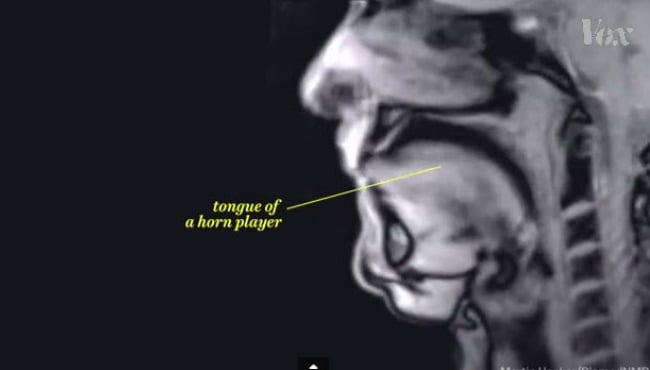


Manganese (II) is also a T2-agent because, similar to iron oxides, it can increase the transverse relaxation rate ( R 2) of the neighboring water protons, thus decreasing their signal intensity in T2-weighted MRI scans. 3, 8- 10 This causes a higher contrast between tissues where the paramagnetic ions are absorbed and those where they are not present. 3- 7 Similar to gadolinium(III), whose complexes with multidentate ligands are used as intravenous MRI contrast agents, manganese(II) is a paramagnetic ion that can increase the longitudinal relaxation rate ( R 1) of the neighboring water protons, thus increasing their signal intensity in T1-weighted MRI images. 2 Fruit juices that are rich in manganese ions fulfill most of the above requirements, and therefore they are conveniently used in magnetic resonance cholangiopancreatography. 1 Ideal oral contrast agents must increase the contrast homogeneously through the gastrointestinal tract, must be nontoxic and easily digestible, palatable, not stimulate peristalsis, with no side effects, and with a low cost. Oral contrast agents are used in magnetic resonance cholangiopancreatography because they can greatly improve the visualization of biliary tree and pancreatic ducts, the images of which are frequently degraded by the high signal due to the fluid collecting in stomach and duodenum. inductively coupled plasma-atomic emission spectroscopy.On these grounds, we conclude that blueberry juice concentrated to the same manganese concentration of pineapple juice would prove a more efficient contrast agent than pineapple juice. It appears that, although manganese(II) is the paramagnetic ion responsible for the contrast, it is the interaction of manganese(II) with other juice components that modulates the efficiency of the juice as a magnetic resonance contrast agent. Here, we investigate the origin of the contrast of blueberry juice, analyze the parameters that can effect it, and elucidate the differences with pineapple juice and manganese(II) solutions. The interest of pharmaceutical companies in these products is testified by the appearance in the market of fruit juice derivatives with improved contrast efficacy. Pineapple and blueberry juices are the most employed in clinical practice due to their higher content of manganese(II) ions. They are often preferred to conventional synthetic contrast agents because of their very low cost, natural origin, intrinsic safety, and comparable image qualities. Several fruit juices are used as oral contrast agents to improve the quality of images in magnetic resonance cholangiopancreatography.


 0 kommentar(er)
0 kommentar(er)
